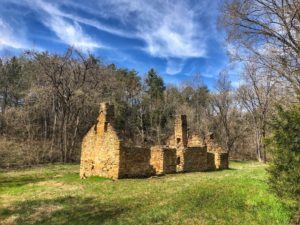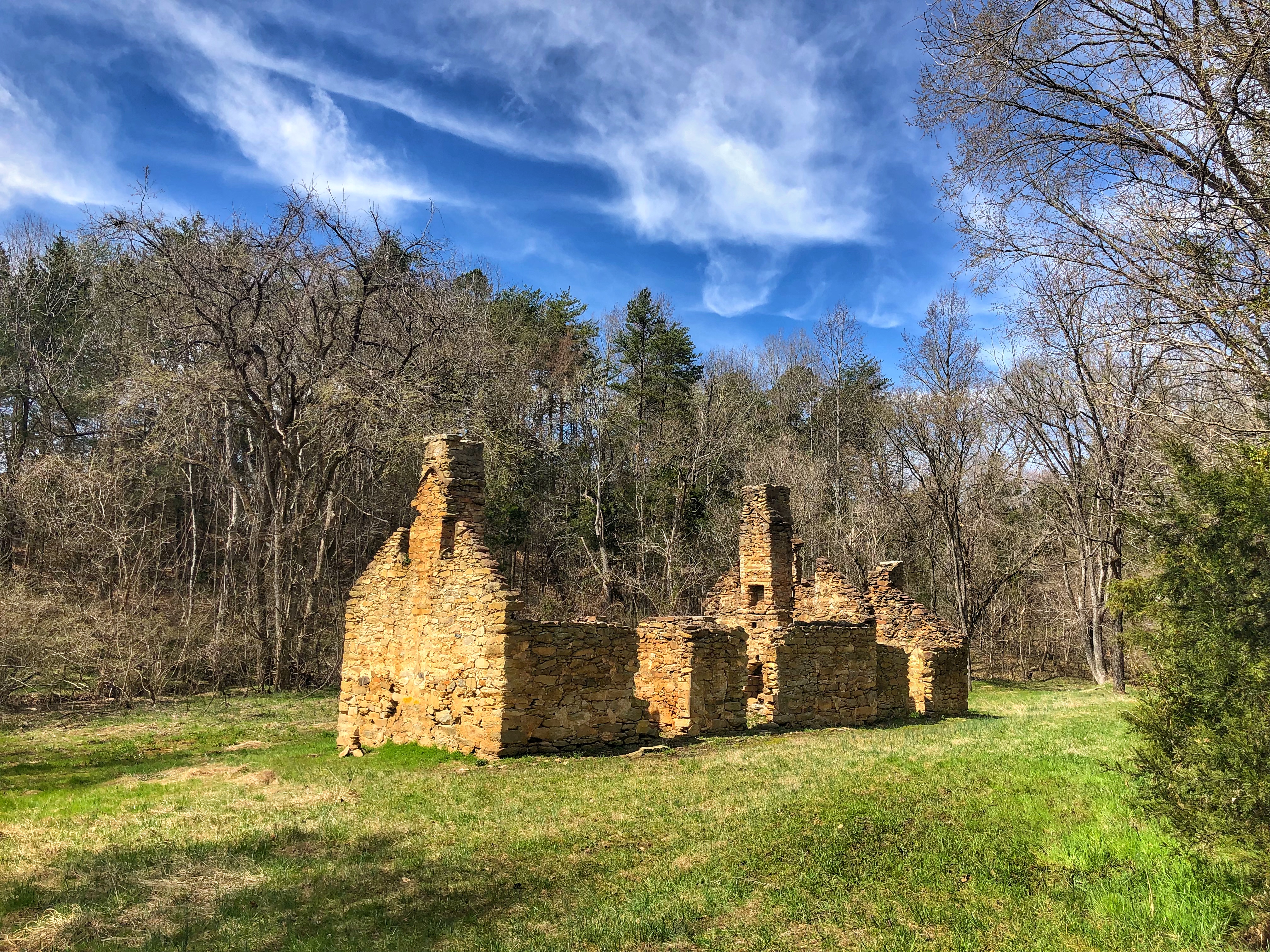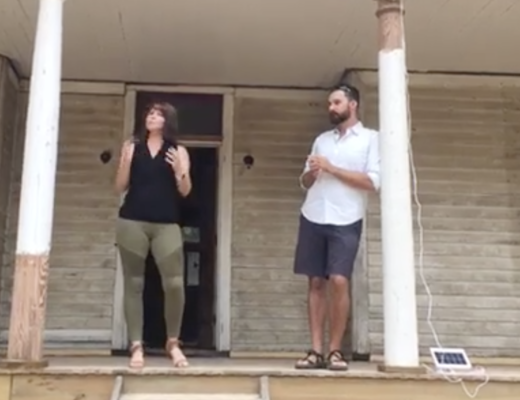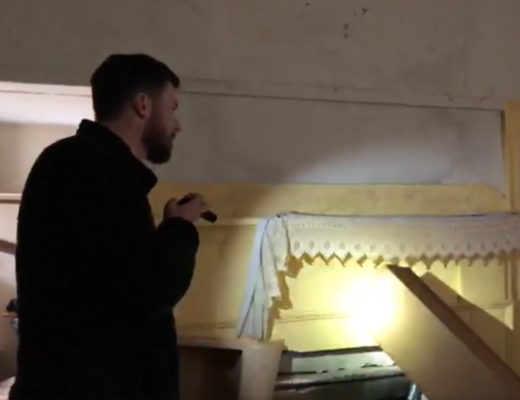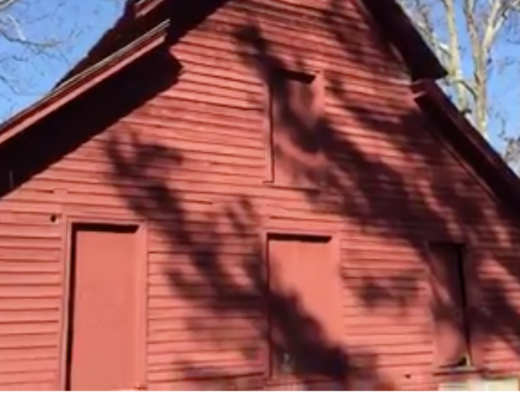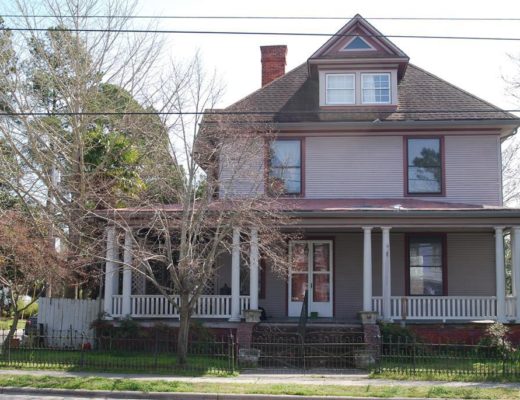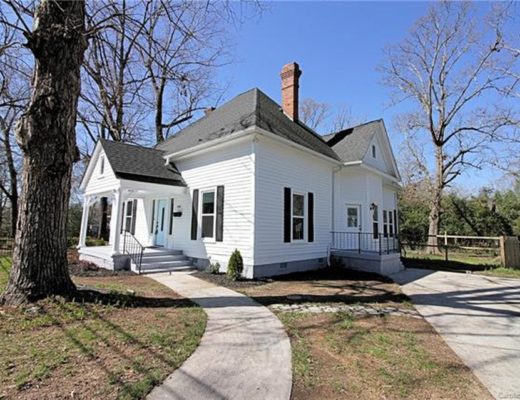Talking and writing about slavery has become such a polarizing issue. Part of me wants to stay away from the topic because it usually brings out the crazies, but it is so much a part of our history and impossible to not address it and especially with a plantation like Berry Hill in South Boston, Virginia. So I feel it best I talk about it personally.
Old House Life is now partnering with Berry Hill Resort and will be offering historic walking tours on their grounds. It is impossible to do that without talking about the life of the enslaved out on the plantation there. The ruins of the slave houses are right there in front of the main house.
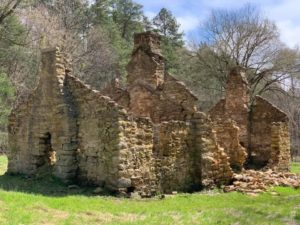
I was fortunate last night to stumble onto a dissertation written back in the 1990’s. It was discussing the building of Berry Hill Plantation and how it centered around the life of the enslaved. Every aspect of building that house and the subsequent slave houses was orchestrated around the enslaved there. I hate using the phrase, “the slaves there were treated well”. How can anyone that was enslaved be “treated well”? This is where I feel it best to talk about something personal before I carry on about Berry Hill.
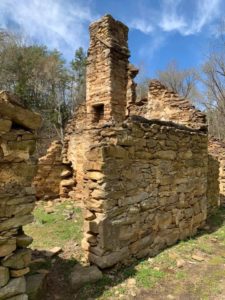
When I was in high school I was homeless for a period of time. I don’t regret that time in my life. I am sure it molded me into who I am today. We had our belongings in garbage bags as we walked down the streets of Florida for about a year and we lived in homes when people were nice enough to take us in. My mom still made sure we went to school everyday. I never felt like I fit in with the other kids. Wore the same clothes everyday and was just not into makeup or any of that stuff. So instead of going to the cafeteria for lunch, the librarian would let me slip into the library and she often gave me fruit to eat. I would sit in a corner and read about slavery. Did it for one year straight. It has ALWAYS intrigued me! I started bringing the books home and I overheard my mom talking one day, “I’m beginning to be concerned about Michelle! She seems obsessed with slavery!”
Now look at how all of that studying prepared me for today and giving walking tours at Berry Hill!!! Gives me chills when I think about it!
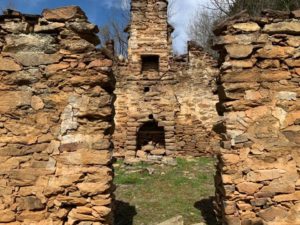
So when I say, “the enslaved at Berry Hill seemed to be treated well”, I use that loosely and under the comparison of how other slaves were treated on other plantations. I don’t want to talk too much about what I learned last night as I am still waiting to hear from the author, but I feel okay saying a few things.
James and Eliza Bruce designed the stone slave houses themselves. James Bruce even helped build them. He wanted them to be substantial and impressive. They had wood floors instead of the typical dirt floors. He wanted his slaves to have privacy and it was discussed in correspondence between himself and his wife and other people. He didn’t want them to be watched or seen from the main house or from the plantation overseer’s house. There were thirteen stone slave houses on the plantation. Only four are accounted for at this time. The stone houses were for slave families. Eliza Bruce felt it very important that the families stayed together.
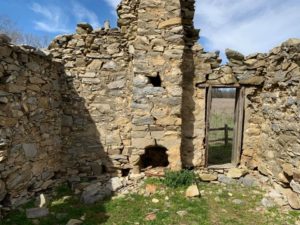
There was correspondence between James Bruce and his wife Eliza. James was often away on business trips. On one such trip, he took a male slave with him. Eliza wrote to James and stated how the slave’s family was doing well and to make sure he knew that so he wouldn’t be worried while away. She went on to say how she felt great empathy for his wife and how she was away from her husband for so long.
On that same business trip, James Bruce wrote his wife, Eliza. He was in New Orleans in the 1840’s. He told her he was in the town square and saw the slave traders. They had slaves all combed and dressed and sitting on benches in a portico, hoping they would appeal to people and be purchased. James seemed to have great issue with this and vowed to his wife that they would never participate in such matters.
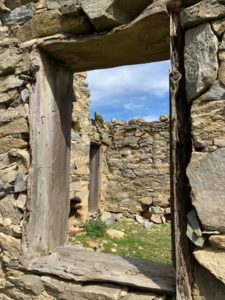
Eliza was in charge of tending to the “black side of the family”. She personally took care of them when illness hit the plantation. If it was something she couldn’t take care of, she brought a doctor in. At one point, she had a doctor live on the plantation for three months. She then asked her husband to build her a hospital near the main house so she could better tend to the ones that were sick. In later correspondence she nixed that idea because she asked the enslaved what they wanted. They all said when they were sick they would rather be in their own homes with their families.
I have learned so much more and this all comes from letters of the Bruce family and ledgers. I am really hoping to hear from the author soon. I will be out at Berry Hill on Thursday with the map from the 1850’s. It should be a fascinating day! I will do a lot of videos at each spot where a slave house should have been and we will look for clues together!
Hang on, things are going to get interesting!!
